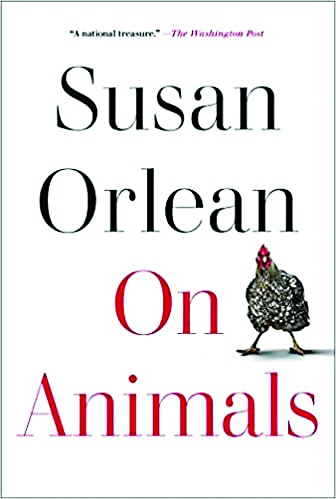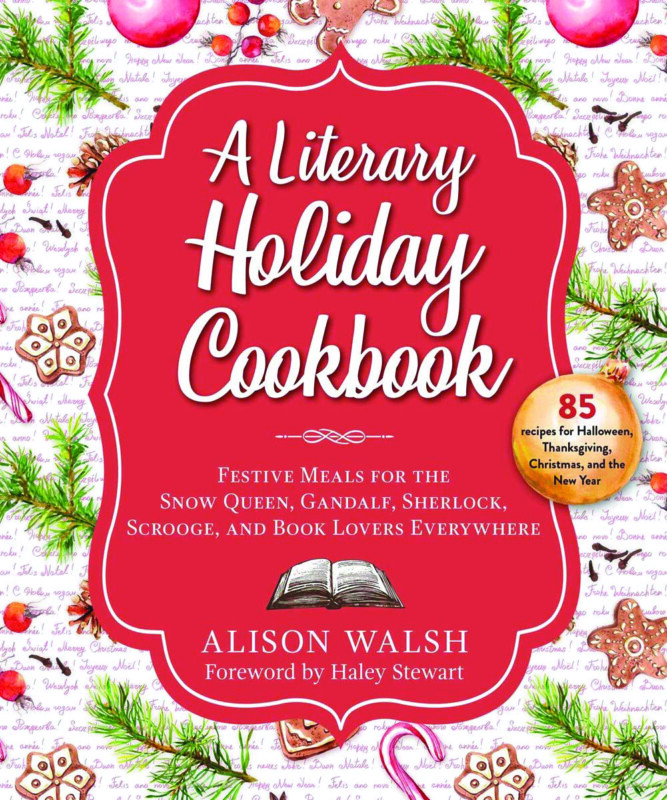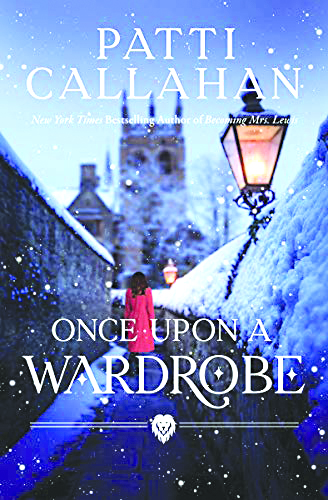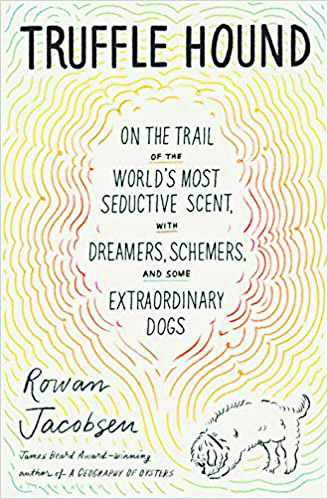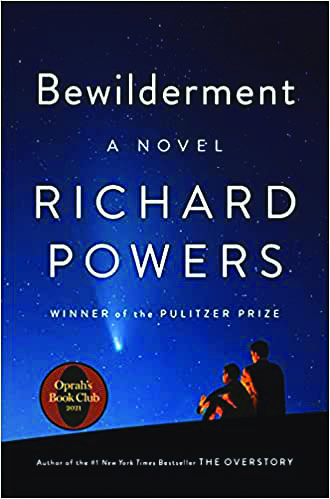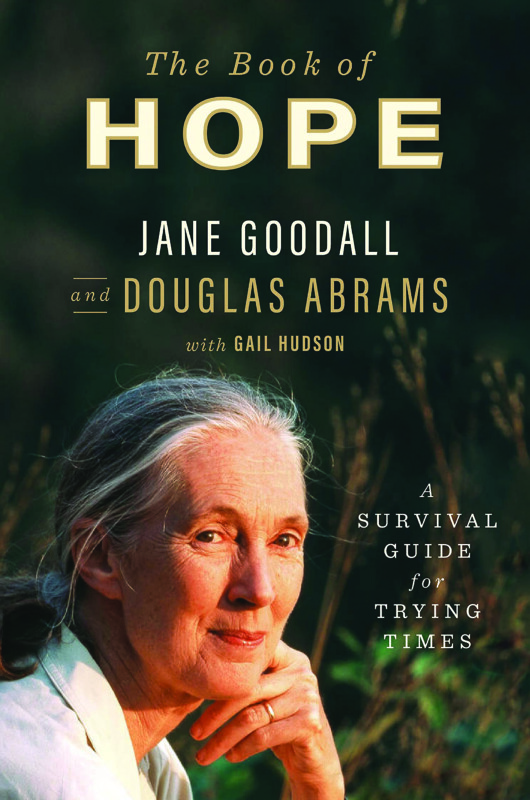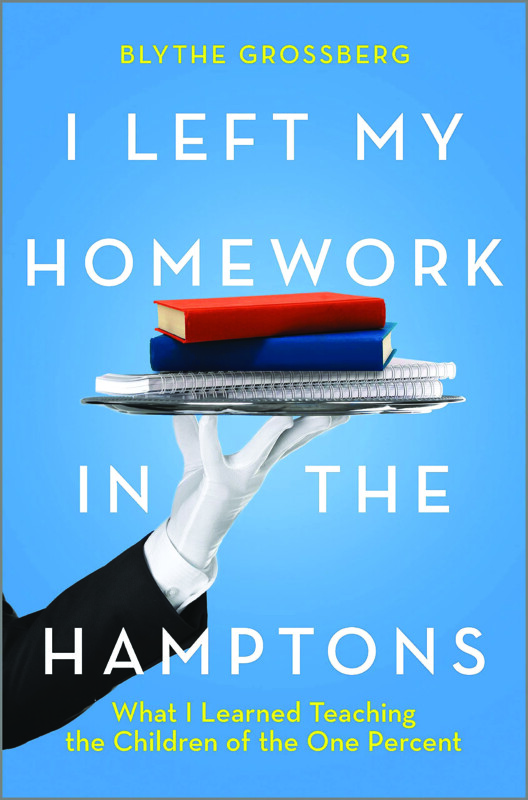Powder Days, by Heather Hansman (Hanover Square Press, 264 pages)
Heather Hansman learned to love skiing in New England, even though she’s more of a West Coast woman these days. An accomplished writer and editor who has worked for magazines such as Outside, Backcountry and Powder, Hansman doesn’t qualify as a ski bum, the skiing-obsessed person who will take on low-paying jobs at ski resorts in order to indulge the passion full-time. But she was for a while and brings deep insider knowledge to Powder Days, an examination of what rising temperatures are doing to the ski industry, wrapped in a love letter to the sport and to winter.
“I know that skiing is ephemeral and selfish, but I ache when I’m away from it for too long, and I don’t think it’s just the dopamine drop that drives the fixation,” Hansman writes.
Before you non-skiers depart for lack of interest, you should know that while this is a book written by a skier for other skiers, this shouldn’t be a deal-breaker for the sedentary and clumsy (myself the latter). Hansman is a graceful writer, as lithe in language as in body, and while she occasionally slips into skier-speak, with a little Googling, you will learn many interesting things, such as that dangerous clumps of snow on a ski route are called frozen chicken heads, a term I enthusiastically welcome to my vocabulary. In short, I don’t ski, and I still found this book engrossing.
Hansmen begins by recalling her early ski-bum days, which began around a campfire in Maine when another skier offered Hansman a job scanning lift tickets at a ski resort in Colorado. “I latched on to the idea that if I went west, I would be braver and truer and more exciting,” she writes.
She had become a skier like most people do — because her parents paid for lessons. “You don’t become a skier by accident — it’s an objectively stupid, expensive, gear-intensive sport — but my parents enabled it early, cramming my brother and me into hand-me-down boots and carting us to New Hampshire, so they could ski too,” she writes. “ … In college, I’d wake up in the post-party, predawn dark to drive across Maine and New Hampshire just to ski knobby backcountry lines in the White Mountains. I’ve always felt clearer in motion.”
That said, Hansman came from a family of occasional skiers, not those who strap toddlers to skis while they are learning to walk. Her obsession with the sport and lifestyle grew organically, somewhat to her bewilderment. “Skiers chase snow and freedom and wildness, at the expense of a lot of other things. I’m still trying to understand how something so ephemeral can shape your whole life.”
Hansman dips into the history of skiing in the U.S, acknowledging “the ski industry starts where my ski story starts, in the knobby mountains of New England.” She recalls skiing the Tuckerman Ravine and the Sherburne Trail of Mount Washington, created in the 1930s, back when runs were “steep and skinny, just a couple of skis wide.”
“That was skiing for a long time, no lifts, just a grind uphill and a slide back down.”
She then zips through how the sport exploded, its growth tracking with the lives of baby boomers, and how its popularity in the 1970s led to today’s elaborate resorts and McMountain trails that she fears have taken the soul out of the sport and tarnished it with elitism. (Fun fact: more than 50 billionaires have homes in Aspen.)
The bigger problem for the industry, however, is not the unaffordability of homes in ski country, but the warming climate. There’s less snow these days than there was a quarter-century ago, and it’s not always cold enough to make snow, as 88 percent of ski resorts do. We are seeing, as Hansman puts it, “the winnowing of winter.” She quotes a meteorologist friend who says that what concerns him most is that low temperatures are increasing faster than high temperatures. This means that places like New England have fewer days when the temperature falls below freezing.
“Depending on the emissions scenario you choose, snowfall is predicted to shrink by up to a third by the end of the century. That thin margin of winter is going to have a huge bearing on the future of skiing, and on whether or not people can keep counting on the seasons to eke out a way of life.”
Hansman’s worries that Aspen could be the new Amarillo by century’s end may strike some as the hysteria of the climate-grief-stricken. By the end of January, her fear of “hot, snowless winters” may actually hold some appeal. But there is real concern about what will happen if recent trends continue. Resorts can make snow, sure, but it still has to be cold enough. “I get a deep gut ache when I think about losing snow, about the contrast between my childhood memories of snow and the gray slush of right now. … New England skiing feels almost too painful now. How could it have gotten this bad so fast?”
Hansman ends with another kind of grief, the acknowledgement that skiing can be deadly. “If you get deep into skiing, eventually you have to acknowledge that the thing you love can kill the people you love.” Then, she pivots into the tendency for thrill-seekers like skiers to abuse drugs and alcohol, and sometimes to kill themselves. Deaths of despair are on the rise in the U.S. and this is an important topic, but it was a bit jarring to have this conversation take place at the end of the book. That said, it’s a small quibble with an otherwise solid book, which might even be more interesting for nonskiers than skiers, who already know about frozen chicken heads.
Book Events
Author events
• JAMES ROLLINS Author presents The Starless Crown, in conversation with Terry Brooks. Virtual event hosted by Gibson’s Bookstore in Concord. Mon., Jan. 10, 7 p.m. Via Zoom. Registration required. Visit gibsonsbookstore.com.
• TIMOTHY BOUDREAU Author presents on the craft of writing short stories. Sat., Jan. 15, 9:45 to 11:45 a.m. Peterborough Town Library, 2 Concord St., Peterborough. Visit monadnockwriters.org.
• CHAD ORZEL Author presents A Brief History of Timekeeping. Virtual event hosted by Gibson’s Bookstore in Concord. Thurs., Jan. 27, 7 p.m. Via Zoom. Registration required. Visit gibsonsbookstore.com.
• ISABEL ALLENDE Author presents Violeta. Virtual event hosted by Gibson’s Bookstore in Concord. Sat., Jan. 29, 7 p.m. Via Zoom. Registration and tickets required, to include the purchase of the book. Visit gibsonsbookstore.com.
• JOHN NICHOLS Author presents Coronavirus Criminals and Pandemic Profiters. Virtual event hosted by Gibson’s Bookstore in Concord. Tues., Feb. 1, 7 p.m. Via Zoom. Registration required. Visit gibsonsbookstore.com.
• GARY SAMPSON AND INEZ MCDERMOTT Photographer Sampson and art historian McDermott discuss New Hampshire Now: A Photographic Diary of Life in the Granite State. Sat., Feb. 19, 9:45 to 11:45 a.m. Peterborough Town Library, 2 Concord St., Peterborough. Visit monadnockwriters.org.
Poetry
• CAROL WESTBURG AND SUE BURTON Virtual poetry reading hosted by Gibson’s Bookstore in Concord. Thurs., Jan. 20, 7 p.m. Via Zoom. Registration required. Visit gibsonsbookstore.com or call 224-0562.
• DOWN CELLAR POETRY SALON Poetry event series presented by the Poetry Society of New Hampshire. Monthly. First Sunday. Visit poetrysocietynh.wordpress.com.
Book Clubs
• BOOKERY Online. Monthly. Third Thursday, 6 p.m. Bookstore based in Manchester. Visit bookerymht.com/online-book-club or call 836-6600.
• GIBSON’S BOOKSTORE Online, via Zoom. Monthly. First Monday, 5:30 p.m. Bookstore based in Concord. Visit gibsonsbookstore.com/gibsons-book-club-2020-2021 or call 224-0562.
• TO SHARE BREWING CO. 720 Union St., Manchester. Monthly. Second Thursday, 6 p.m. RSVP required. Visit tosharebrewing.com or call 836-6947.
• GOFFSTOWN PUBLIC LIBRARY 2 High St., Goffstown. Monthly. Third Wednesday, 1:30 p.m. Call 497-2102, email elizabethw@goffstownlibrary.com or visit goffstownlibrary.com
• BELKNAP MILL Online. Monthly. Last Wednesday, 6 p.m. Based in Laconia. Email bookclub@belknapmill.org.
• NASHUA PUBLIC LIBRARY Online. Monthly. Second Friday, 3 p.m. Call 589-4611, email information@nashualibrary.org or visit nashualibrary.org.
Language
• FRENCH LANGUAGE AND LITERATURE CLASSES
Offered remotely by the Franco-American Centre. Six-week session with classes held Thursdays from 6:30 to 8:30 p.m. $225. Visit facnh.com/education or call 623-1093.


